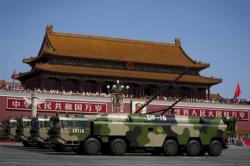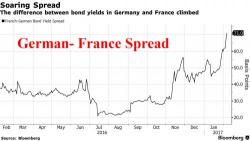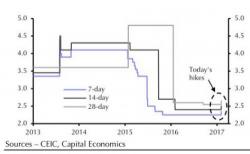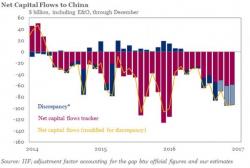China Unveils New Ballistic Missile Capable Of Hitting Taiwan, US Bases In Asia

Two weeks after China allegedly unveiled a new ICBM system "in response to Trump's provocative remarks", a report which however was subsequently denied by Chinese officials, China had no qualms about revealing another highly accurate ballistic missile in recent Rocket Force drills, which is capable of threatening not only Taiwan and the contested South China Sea islands, but also U.S. and Japanese bases in Asia.


